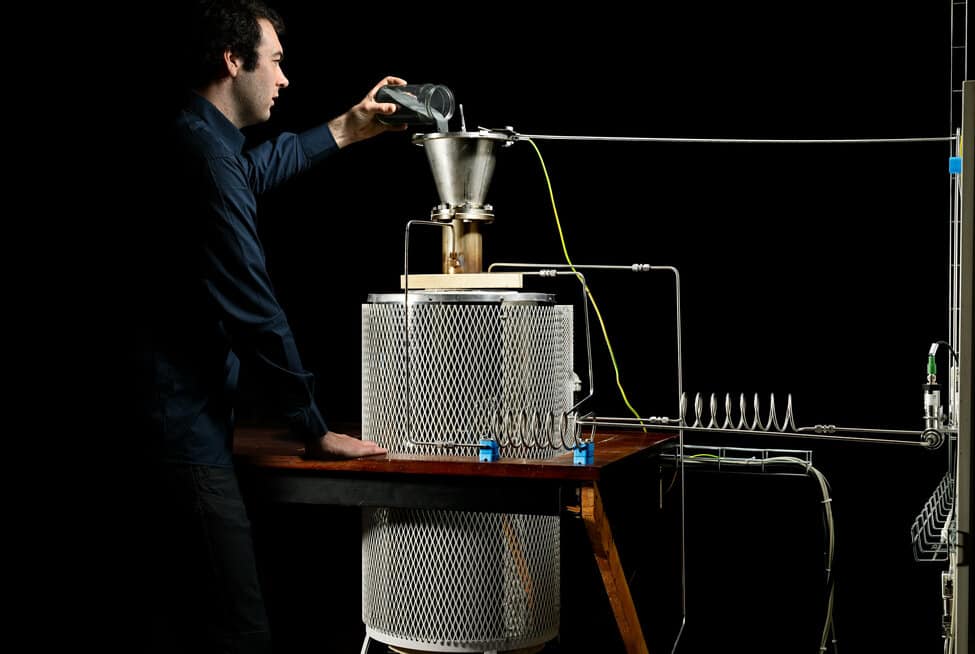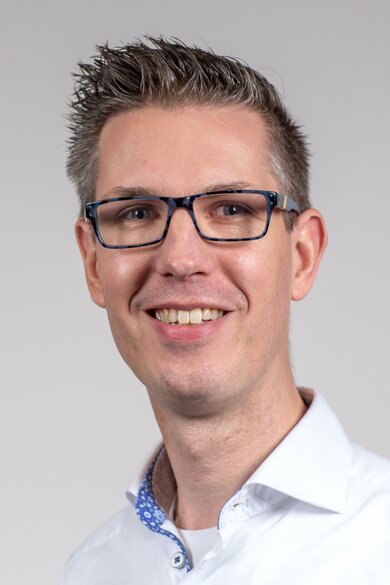
Iron powder can store energy in a very compact, cheap, safe, environmentally friendly, and CO2-free manner. This combination makes it a promising solution for greening energy-intensive industries such as coal and power plants. Science financier NWO and the organizations involved are therefore making 900,000 euros available for research into the potential of iron powder as an energy carrier on an industrial scale. The research – taking place under the name CIRCL, Closing the Iron Reduction-Combustion Loop – involves Metalot, RIFT, Shell, and EIRES.
Niels Deen, professor of multiphase and reactive flows at the Department of Mechanical Engineering, is leading the research. He is delighted with the award. “It was the second time we applied for this grant, so we have been eager to start this for over a year,” explains Deen, who credits the entire team that shaped the grant application.
Besides himself, the team consists of Giulia Finotello (assistant professor of mechanical engineering), Ivo Roghair (assistant professor of chemical engineering and chemistry), and Martin van Sint Annaland (professor of chemical engineering and chemistry).
From rust to iron powder
The research focuses specifically on the regeneration of burned iron powder, also called iron oxide. How does that work? Burning iron powder releases energy in the form of heat. Heat that you can use, for example, to heat houses in a green way – and on an industrial scale. The residual product released during combustion is iron oxide. This can be recaptured and converted into iron powder with hydrogen from green electricity for reuse. This creates a sustainable cycle, with iron as a green energy carrier.

Deen and his colleagues focus on moving from iron oxide to iron powder. His team collaborates with TU/e spin-off RIFT, which has built a production plant in Arnhem that includes a so-called fluidized bed furnace into which iron oxide is poured.
Computer models
Deen explains: “We want to develop computer models and see if we can find the sweet spot in the regeneration of burnt iron. For example, high temperatures are favorable because you can convert more iron oxide, but at too high temperatures, the particles become sticky and start sticking together.”
He continues: “There is a tension between those two things. We will also look at what the design of a fluidized bed should look like. High and narrow, or just low and wide. It’s a great project; my hands are itching to get started with the team!”
NWO’s Open Technology Program
The NWO Applied and Technical Sciences domain awarded funding to a total of seven application-oriented research projects through the Open Technology Program in September 2023. The total amount involved is 5.8 million euros. In addition, companies and other organizations involved are investing approximately 950 thousand euros in the projects.

